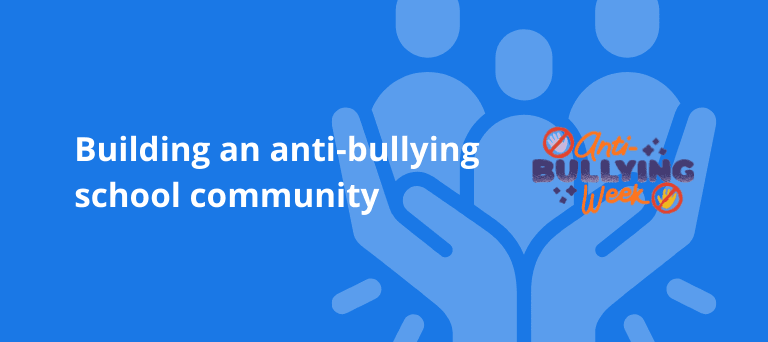Huge thanks to teacher Lauren Evans, of Limetree Primary Academy in Trafford, for so generously sharing her insight and passion on Emotion Coaching so we could create this article.
What is Emotion Coaching?
Emotion Coaching is based on the principle and research, done by Dr John Gottman, that nurturing and emotionally supportive relationships can help improve children's outcomes and resilience. It uses moments of heightened emotion and resulting behaviour to guide and teach children about more effective responses. Using empathy is key - the child's emotional state is verbally acknowledged and validated, promoting a sense of security and feeling 'felt'. This activates changes in the child's neurological system and allows the child to calm down, physiologically and psychologically.
How does it actually work?
It’s all about managing a child through the process of regulating their emotions - but not fixing them. Instead of fixing them you guide them through the emotion. You use emotional literacy, verbal labelling and modelling empathy, all the while developing strategies for the child to deal with the experience.
Start by noticing and listening to the child, recognising the emotion and labelling it. For example, you could say “It seems like you’re feeling anger/frustration/fear”. You’ll need to be aware of how different emotions look for different people.
Next comes empathy - “I’ve felt like that before too”. Before moving onto problem solving and boundaries - “I understand how you feel but the way you behaved wasn’t okay”.
Zones of Regulation

All this links together extremely well with the Zones of Regulation. Zones of Regulation is a tool used to help students identify and communicate how they are feeling in a healthy way as well as helping to give them ideas on how to feel better.
Green is the ideal learning zone. It covers:
Happy
Calm
Feeling okay
Ready to learn
Focused
Blue covers:
Sad
Sick
Tired
Bored
Moving Slowly
Yellow covers:
Frustrated
Worried
Silly/Wiggly
Excited
Some loss of control
Red covers:
Mad/angry
Mean
Terrified
Yelling/hitting
Out of control
If you introduce this to your classroom it can help children to articulate how they feel and what they’re going to do about it: “I’m in the blue zone so I’m going to get a glass of water/go for a walk/read quietly because I know it makes me feel better”.
It’s also very useful for the teacher to better articulate and sympathise with what’s happening. Instead of saying “Take your head off the table” you could say “It looks like you’re in the blue zone, what helps you get out of this zone?”. Help them to understand that behaviour is a choice, unlike feelings.
Using emotion coaching to resolve conflict
This is a great practical use of emotion coaching to help children resolve conflicts themselves. You can use this is part of a larger conversation in your classrooms about children choosing the kind version together with having their own boundaries.
Three-step rule - helping children resolve conflict themselves
What you’re doing is making me feel…
I feel like you’re still doing it, if you continue, I'll get an adult
You’re not stopping so I’m going to get an adult
This stops the child immediately coming to the nearest adult but instead working to resolve the issue themselves first. Not only are you helping the children with their current emotions but you’re also creating better-adjusted adults.
How can teachers get started with this?
Start with emotional literacy. This has been described as the crux of developing preventative structures against children having mental health issues. It’s the idea that instead of fixing an issue you sit with the emotions instead.
You want your class to learn. If emotions leak into the classroom from the playground, it stops them being in the green zone - the ideal learning zone. Instead, teach them how to label their emotions, put class time aside for it, it’s an investment and commitment to your class. You can try and make it a whole school ethos by including other teachers and senior leadership teams.
To bring it into your classroom you can have a lesson on it every day, for 20 minutes and say “we’re going to do zones of regulation now”. Welcome them into the classroom and ask them to think about their zones of regulations and how they’re feeling. Some children may find it helpful to have coloured cards where they pick the right colour for them.
Consistency is key
If you start off by teaching about emotions and the Zones of Response explicitly at the start of the term you can allow the language to filter into every lesson and then check back into it. You’ve got to really commit to it, to ensure the children understand this is a consistent part of your lessons. Given time and investment you should start seeing happier, calmer classrooms (and happier, calmer teachers).
Search blog posts …
Search







